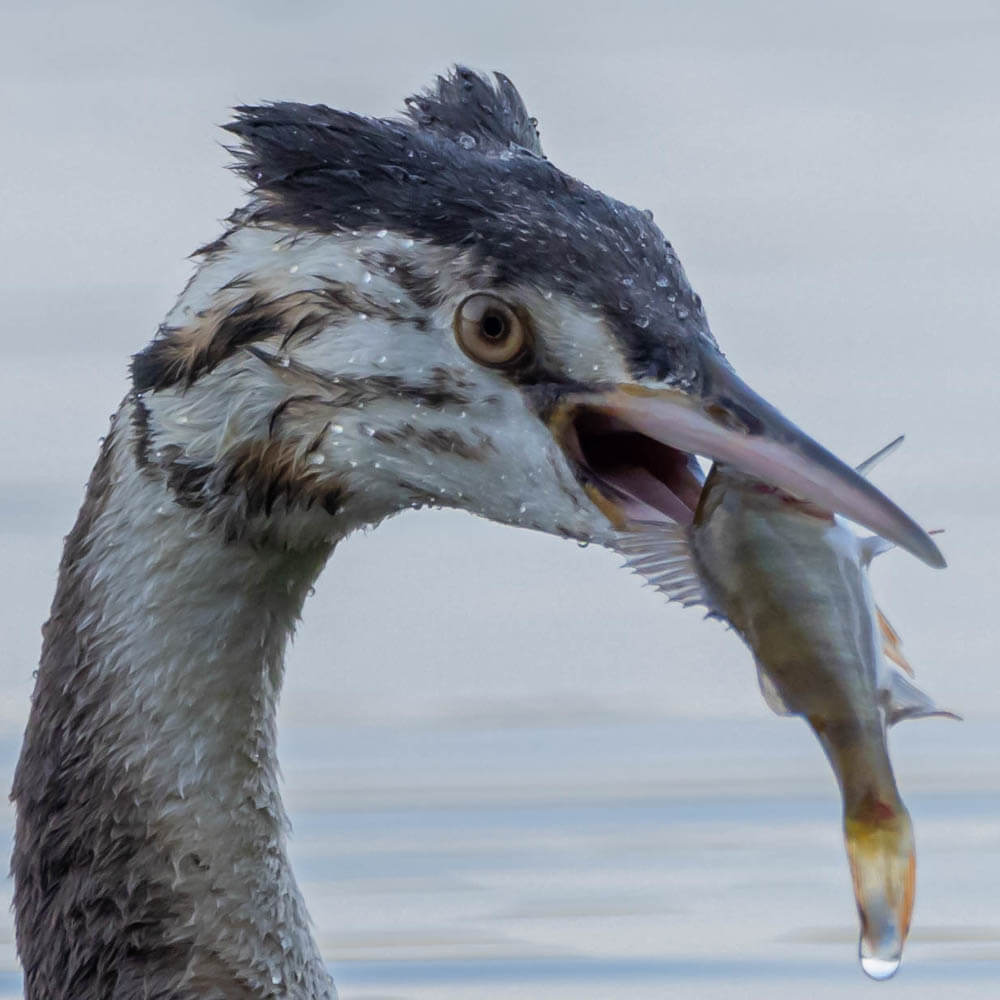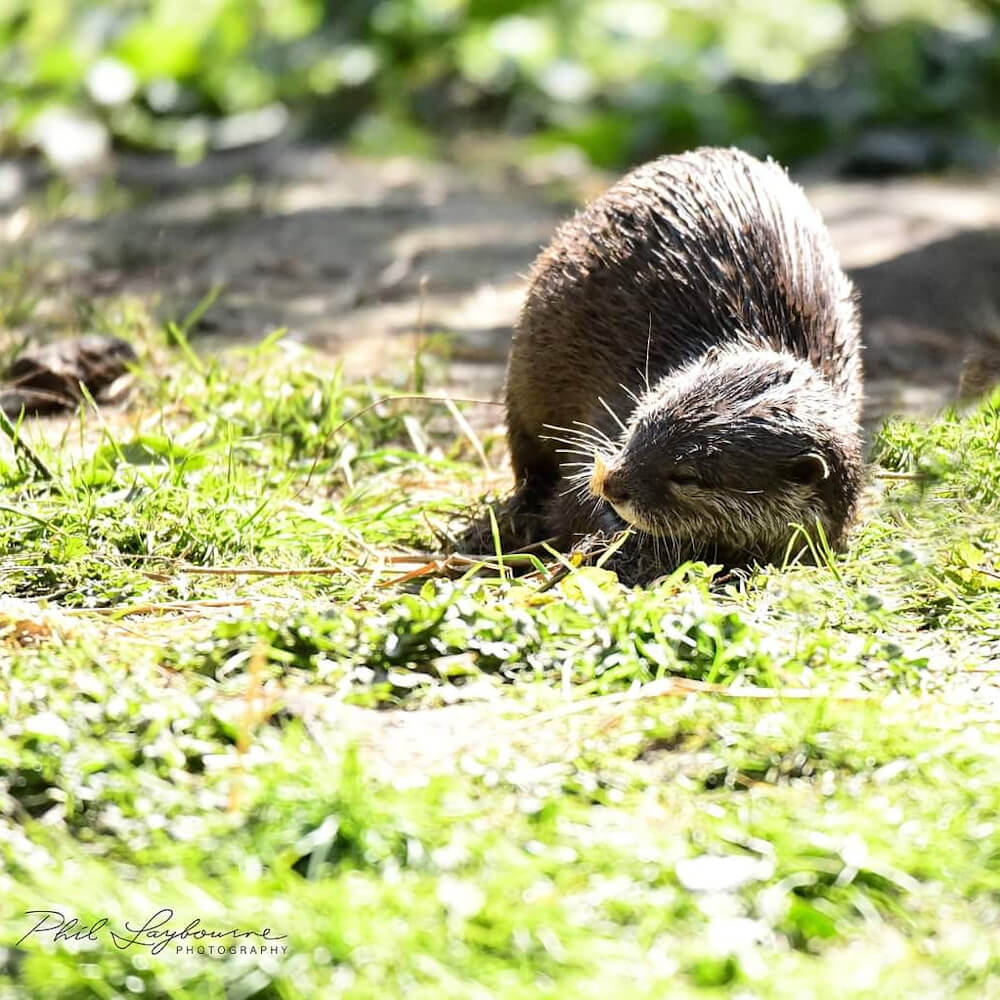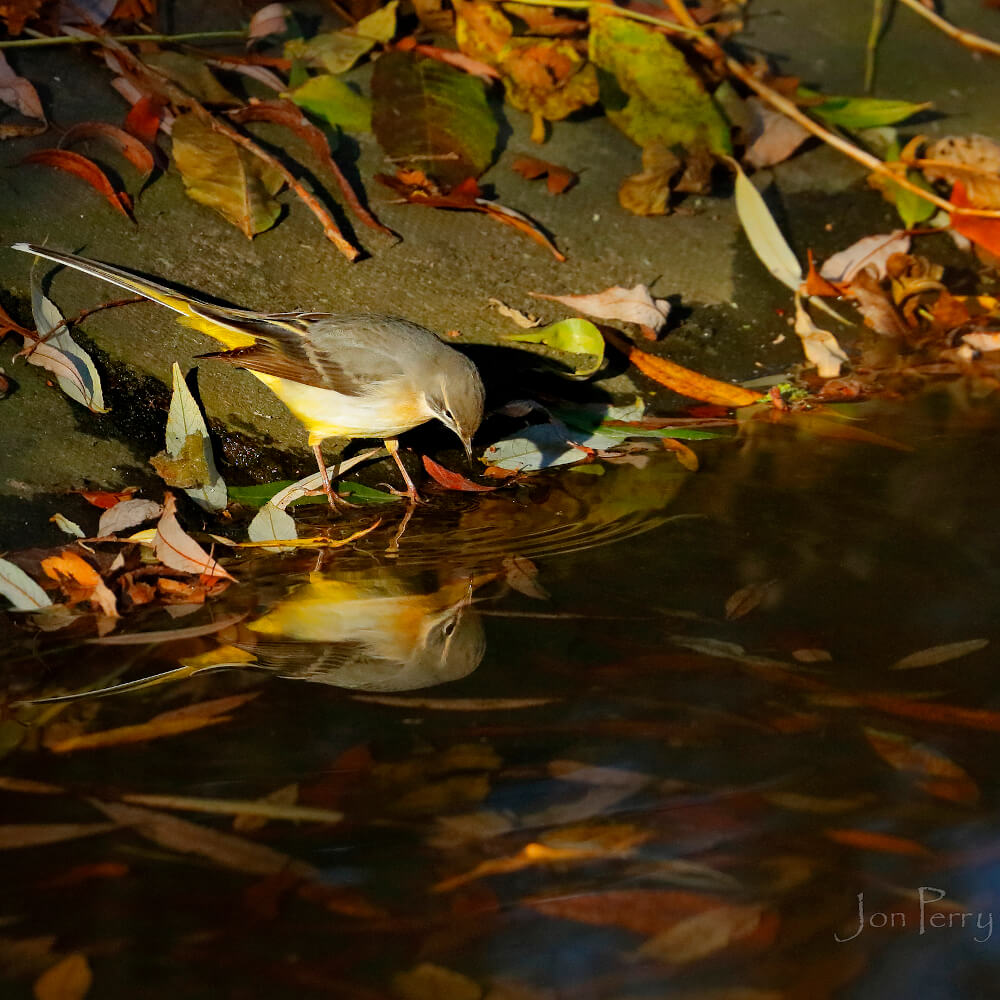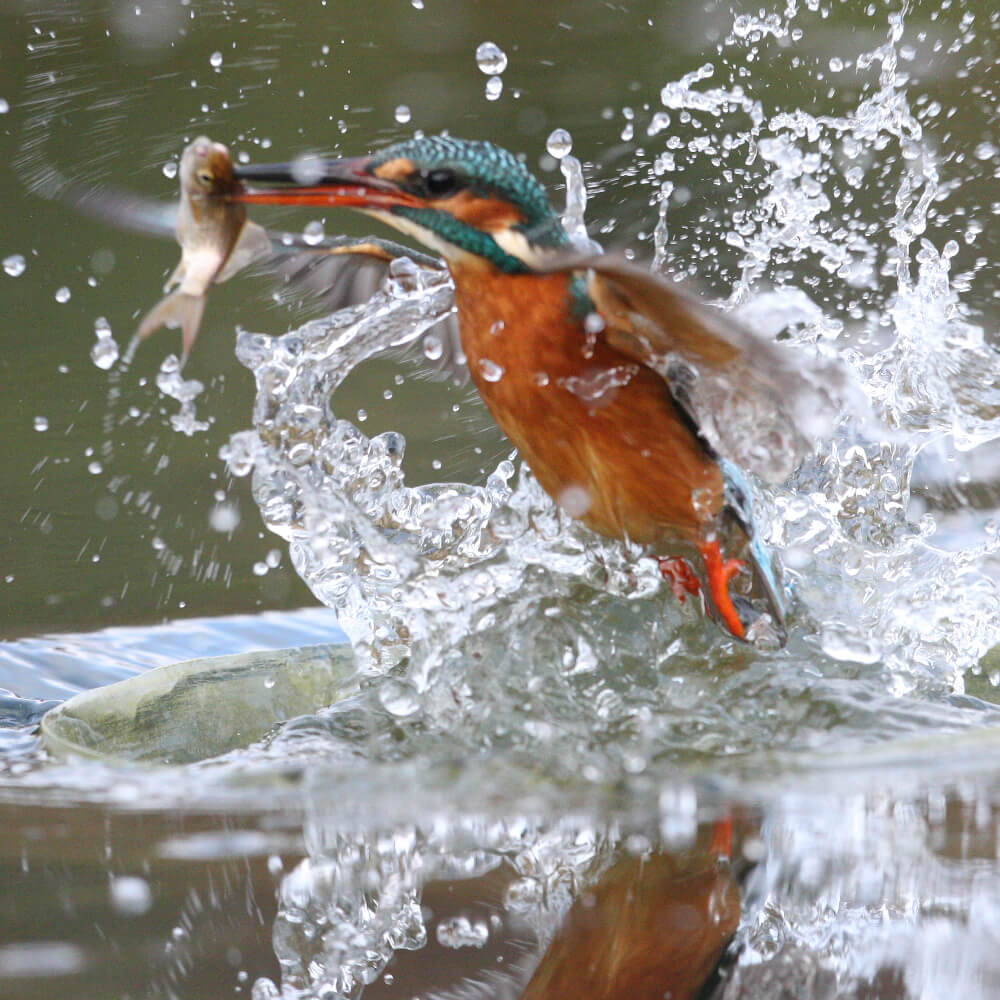

Wildlife
The Little Marlow Lakes Country Park is a wonderful and valuable location for wildlife.
The variety of habitats, all on the border of The Chilterns Area of Outstanding Beauty, make it a really special place.
The area contains seven lakes,(although some are not accessible to the public). The ‘jewel in the crown’ is the Spade Oak Lake Nature Reserve, a regionally important site for migrating, wintering and breeding wading birds. A popular site for birders all year round, with some exciting sightings of rare species such as Great White Egrets, Little Ringed Plovers and Red Necked Phalarope. More regular sightings include the Common Terns who have purpose made rafts to encourage them to breed, Grey Herons that congregate in their communal heronries to raise their young, Kingfishers darting past with their iconic blue flash, numerous species of Gulls plus many more. If you see a birder at the lake edge, it really is worth asking what they have seen! The lakes are also home to other incredible creatures such as Otters, Grass Snakes, Newts, Frogs, Toads, as well as the huge variety of fish.
The extensive woodland areas throughout the area are full of bird song, day and night. The more recognisable sounds such as woodpeckers and owls can be heard alongside various warblers and tits. The trees are also home to multiple raptors such as Red Kites, Sparrowhawks and Kestrels. The woodlands provide the vital habitats for many invertebrates including Silver Washed Fritillary and Purple Emperor butterflies, multiple Hawk Moths, the endangered Stag Beetles and thousands more. The true backbone of a balanced ecosystem, with some incredible mature specimens to be found.
Seven species of bats have been recorded roosting and foraging in the area.
The open grasslands, all along the northern zone of the Park, adjacent to the Chilterns AONB, provide the perfect hunting ground for the Barn, Tawny and Little Owls of the area, as well as the required conditions preferred by many wildflowers, including wild orchids such as Pyramidal, Bee and Southern Orchid. There have also been sightings of a number of iconic British countryside mammals such as Badgers, Foxes, Roe Deer, Pole Cats, Stoats and Weasels – do you know how to tell the difference!?!
So put on your shoes, grab your binoculars and lets us know what you spot.


Spade Oak Lake Nature Reserve
Spade Oak Lake has gradually changed and developed over the years, initially through the work of the various mineral extraction companies and more recently through the current owners, the Buckinghamshire Council. Away from the former industrial area the site has been allowed to develop with little interference. This has led to the lake and its surrounding areas becoming a valuable site for wildlife, in particular birds. In addition, the lake itself holds a variety of fish which several of the birds prey upon (and the fishermen catch). As for mammals the most obvious ones are Rabbits, Squirrels, Foxes, Roe Deer and Muntjac and on rare occasions an Otter.
Interesting birds can be seen at the lake throughout the year. The following summarises the birds during the main seasons :
Spring
This is an exciting time of year when our breeding species return to pair up and raise their young. It is also the time of year some of the scarcer migrant birds may drop in to have a rest from their journeys and to feed.
Some of these species will have spent the winter in Africa while others may have over wintered nearby. Species such as Swallows, House Martins, Sand Martins and Swifts pass through in large numbers and some will stay to breed in the area. Reed Warblers also spend the winter in Africa but a good number return each year to breed in the reedbeds around the lake.
One wading bird that returns from Africa each year to breed in the area is the Little Ringed Plover. They can often be seen on the sand spit from late March. In April the Common Terns arrive back from Africa and soon take up nests on the floating rafts.
The sand spit offers the best place for migratory waders but does not tend to hold birds for very long. Species such as Oystercatcher, Redshank, Greenshank, Dunlin, Ringed Plover, Whimbrel and Black-tailed Godwits do appear most years but most of these don’t breed locally and species such as the Whimbrel and Greenshank are probably heading at least as far as Scotland and more likely much further north.
The Spring offers the best chance of seeing a Hobby hawking for insects and birds. Other birds of prey that can be seen (throughout the year) are Red Kites, Buzzard, Kestrel, Sparrowhawk and Peregrine Falcon.


At this time of year the vegetation and hedgerows surrounding the lake always hold a number of the commoner resident species such as Robins, Blackbirds, Song Thrushes Blue, Great and Long-tailed Tits. The various Warbler species will be in full song including Chiffchaff, Blackcap, Reed Warbler, Cetti’s Warbler, Garden Warbler and Common Whitethroat, most of which spend the winter in Africa. On the lake the resident Great Crested Grebes and Kingfishers will be starting to breed.
Summer
Perhaps the quietest time of year for bird watching but the breeding birds are busy raising their young. Look out for Reed Warblers in the reed beds and Kingfishers which are particularly active when they are feeding young in the nest. Easy to see are the noisy Common Terns that nest on the rafts, the Great-crested Grebes with young in tow, while Herons, Cormorants and Little Egrets that breed on the main island will have fledged young. Many birds are very secretive when breeding and ducks such as Tufted Duck may only be seen to be breeding when the ducklings appear behind their mother. More obvious are the larger Canada Geese, Greylag and Egyptian Geese. In more recent years Little Egrets have also bred on the main island, these usually breeding quite late.
Late Summer/Autumn
The return wader passage starts remarkably early (from June), the species seen very much as those seen in the Spring. It is the time of year when almost anything can turn up and local birders will be looking for species such as scarcer waders, Spotted Flycatchers, Yellow Wagtails and even the scarce Pied Flycatcher. The numbers of Swallows and Martins will build up before gradually moving off. The Jackdaw roost on the main island will build up to over 1200 birds (and remain throughout the winter) but you must be there at dusk to see and hear this spectacle. Gulls and Cormorant numbers will also begin to build up and just before winter gets under way Redwings and Fieldfare arrive from Scandinavia and Russia and start to appear in the hedgerows and fields.


Winter
This is one of the more interesting times to visit as wildfowl and gulls numbers are high. Throughout the winter you can expect to find good numbers of the commoner ducks including Wigeon, Teal, Gadwall, Shoveler, Pochard and Tufted Duck. There is also a chance of seeing Goldeneye and Goosander. Great Crested Grebes are present all year and high numbers can sometimes be seen in Winter. The elusive Kingfisher is also present all year but may move to the Thames if the lake is frozen (a rare event these days!). Large numbers of gulls of the five common species are often present on the lake, with the peak being the last hour or two before dusk as they come in to roost. Some of these birds are fitted with colour rings which allow us to determine where they have come from and this is often from places as far afield as Germany, Holland, Denmark, Norway, and Poland.
The site does hold few wading birds during the winter, these being the easy to see Lapwings and Snipe that are often out of sight in the reeds. Jack Snipe may be present but are usually very hard to see. There is however always the chance of a seeing a Water Rail along the edge of the reeds.
Apart from our resident species, small birds that may be present around the trees and hedgerows in winter are such things as Redwings and Fieldfare, both being Thrush species from Northern Europe. The odd Chiffchaff or Goldcrest may also be seen or heard, quite often in the trees alongside the Thames Water site.
By January species such as Grey Herons and Cormorants will have returned to their nests to start their long breeding cycle all over again.
Jim Rose Buckinghamshire Bird Club
